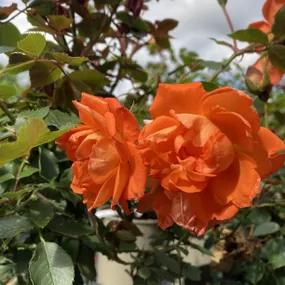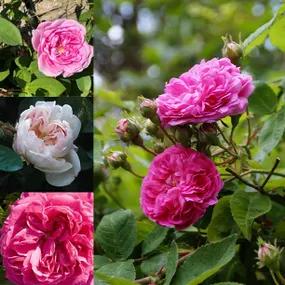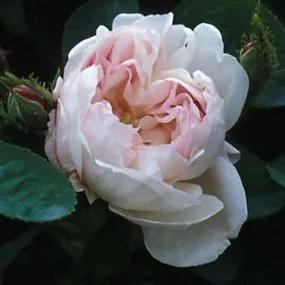Order Potted Shrub Rose Bushes Now For July Delivery
Pre-Order Bareroot Shrub Roses For 2025/26 Winter Season
A shrub rose is your classic normal-size garden rose that you can use in a border or in rows as a neat ornamental hedge. They mostly have great scent and generous repeating flushes of nice big blooms.
They serve in the backs of borders in ornamental groups of three or more, and as functional thorny barrier hedging, many are also good as low climbers against a wall.
Old Roses, which include many sub-categories like Moss (Centifolia), Bourbon, Alba, Damask, and Tea to name some famous ones, are officially dated to 1867 and earlier.
Modern Roses are, in practice, from the mid-20th century onwards, because most of the early Modern Roses have been improved on, so are no longer sold commercially.
Browse at the rest of our rose varieties.
Pot grown stock uses peat free compost wherever possible.
Bareroot roses are grown on heavy clay in a well drained site (heaven for rose roots) and lifted to order.
- Order now, pay later: we don't charge your card until before delivery
- When your order is ready: your mail order rose bushes are delivered by next working day courier (not the next working day after ordering!)
- Friendly support: if there is anything wrong with your plants when you inspect them, Contact Us within 5 working days
All bareroot plants are covered by our Refund Guarantee, so you can give them a whirl with complete confidence.




 1.webp)
 3.webp)
 2.webp)
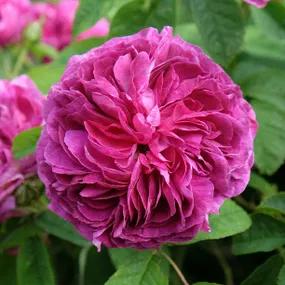
 2.webp)
 2.webp)
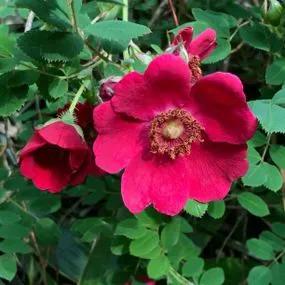
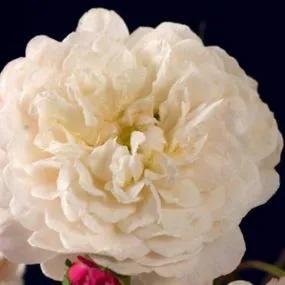
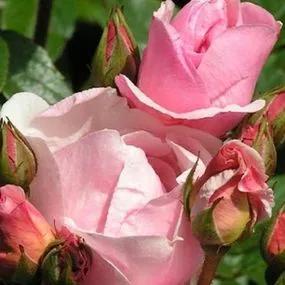
 2.webp)
 1.webp)
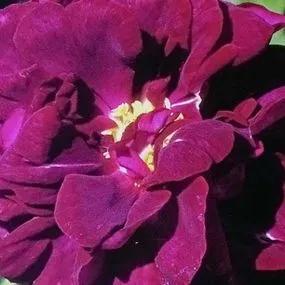
 1.webp)
